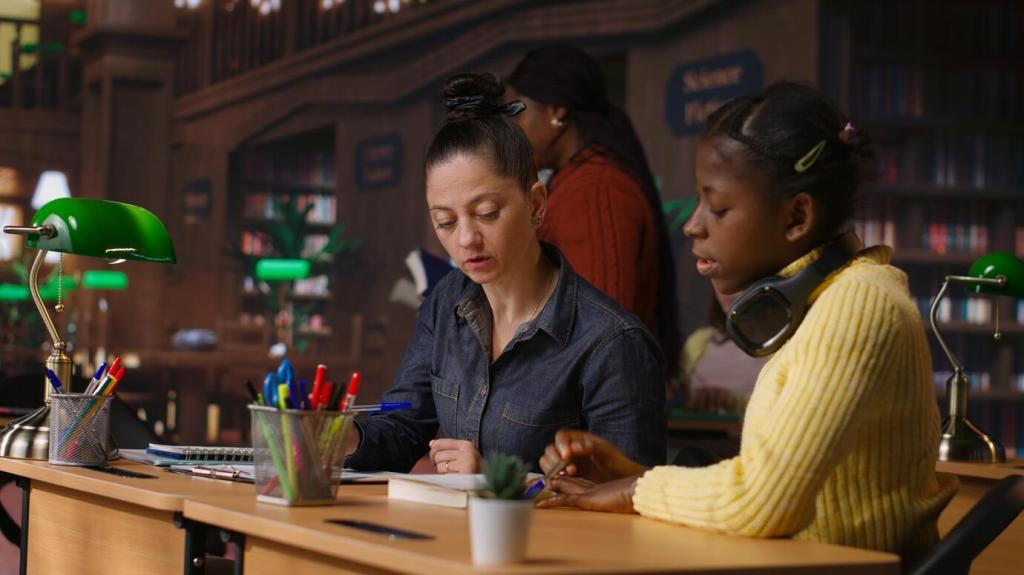Today’s chosen theme: Features of Successful Language Schools. Discover the essential traits that consistently elevate language academies—from mission clarity to learner joy. Share your experiences and subscribe for weekly insights grounded in real classrooms and lived stories.

Mission with Measurable Impact
Successful language schools define success not by how many students sign up, but by how confidently those students communicate in real situations. They articulate goals like workplace fluency, study-abroad readiness, or community integration, then align teaching, tools, and support to those outcomes.
Mission with Measurable Impact
Instead of vague promises, effective schools publish learner-friendly metrics: speaking minutes per class, progress through CEFR descriptors, retention rates, and graduate stories. Students see their growth weekly, building trust and motivation. Which metrics would help you feel truly informed and empowered?
Evidence-Based Teaching and Curriculum Design
01
Breakthroughs matter only when they shape routines. Successful schools translate research into daily habits: retrieval warm-ups, communicative tasks with clear outcomes, and reflection minutes. Teachers know why each activity exists and can explain the learning science behind it in plain language.
02
Curriculum leaders start with desired performances—pitching an idea, negotiating terms, or handling emergencies—then backward-plan lessons and assessments. This coherence prevents random worksheets and ensures each classroom moment builds toward a meaningful, observable communicative achievement learners can proudly demonstrate.
03
Formative checks, goal trackers, and rubrics demystify progress. Instead of surprise tests, students practice with transparent criteria and receive actionable feedback. Confidence grows when learners see small wins accumulate. Share a feedback method that made your language progress feel visible and encouraging.
Hiring for mindset and craft
Great schools hire educators who balance expertise with curiosity. They seek teachers who plan with intention, listen actively, and reflect honestly. Interviews include microteaching, feedback simulations, and scenario problem-solving to reveal alignment with learner-centered, evidence-driven practice.
Coaching culture that sustains excellence
Regular peer observations, bite-sized goals, and supportive coaching cycles turn improvement into a shared habit. Teachers receive time, not just talk, for development. Over months, classrooms become safer, livelier, and more effective as strategies are refined through collegial experimentation.
Learner-Centered Experience and Community
Orientation clarifies expectations, error-friendly norms, and how feedback works. Teachers model mistakes, celebrate attempts, and use names early. When learners trust the room, they risk language playfully and often. Share a classroom ritual that made you feel brave enough to try.



Quality Assurance and Continuous Improvement
Surveys and focus groups are followed by public action plans: syllabi adjusted, schedules refined, materials updated. Learners see updates and timelines, reinforcing trust. When changes are explained, participation rises, and feedback becomes a partnership rather than a complaint channel.
Quality Assurance and Continuous Improvement
Lesson study teams co-plan, observe, and re-teach refined versions. Teachers analyze recordings together, celebrating effective moments and redesigning sticky parts. Over cycles, instructional quality becomes more consistent across rooms, ensuring each learner receives equitable, high-caliber teaching.


